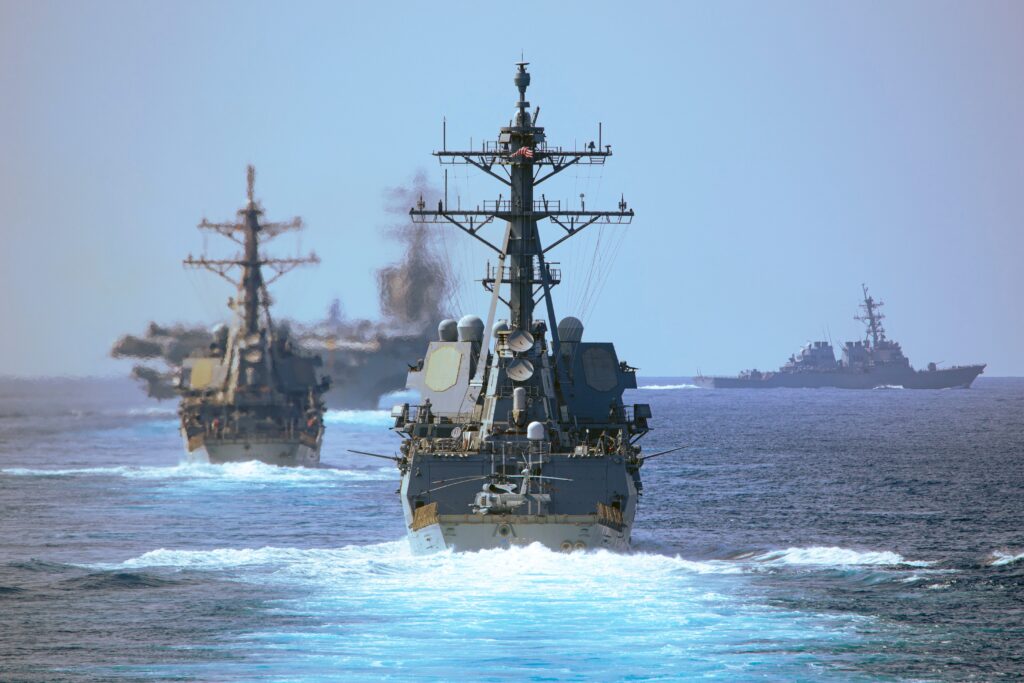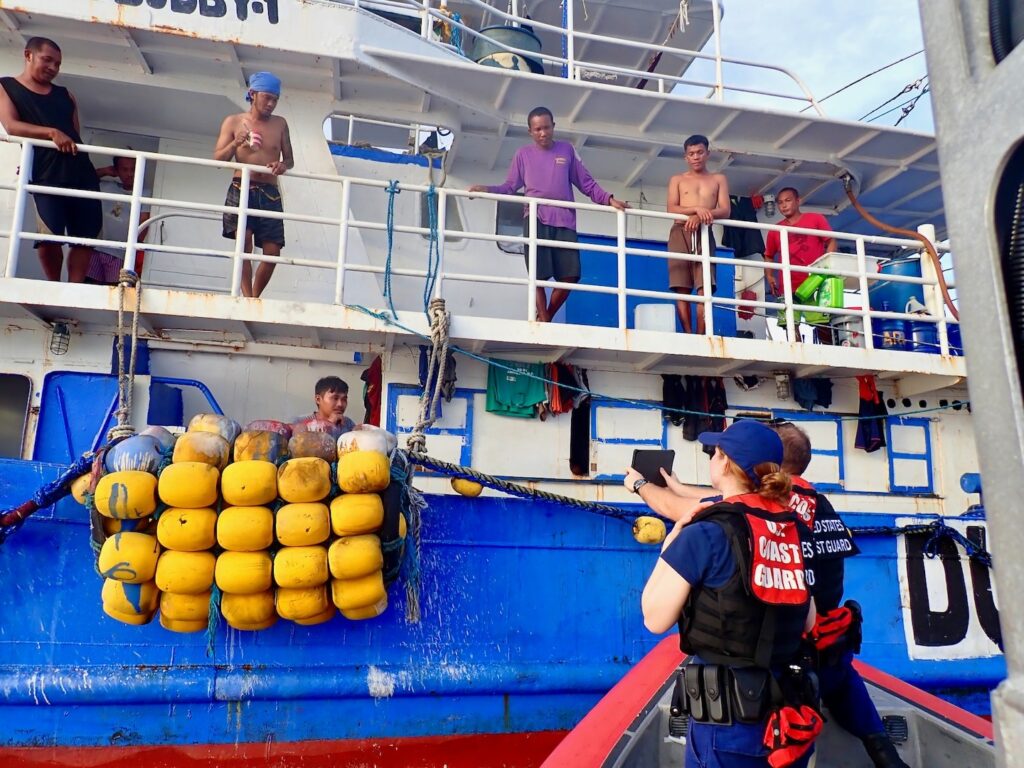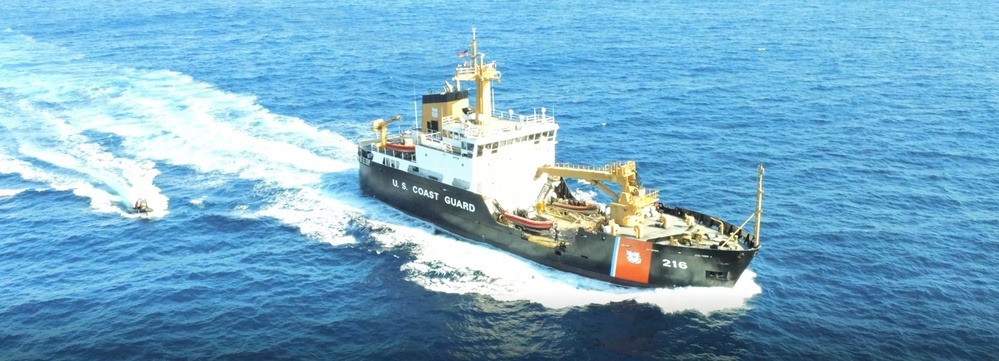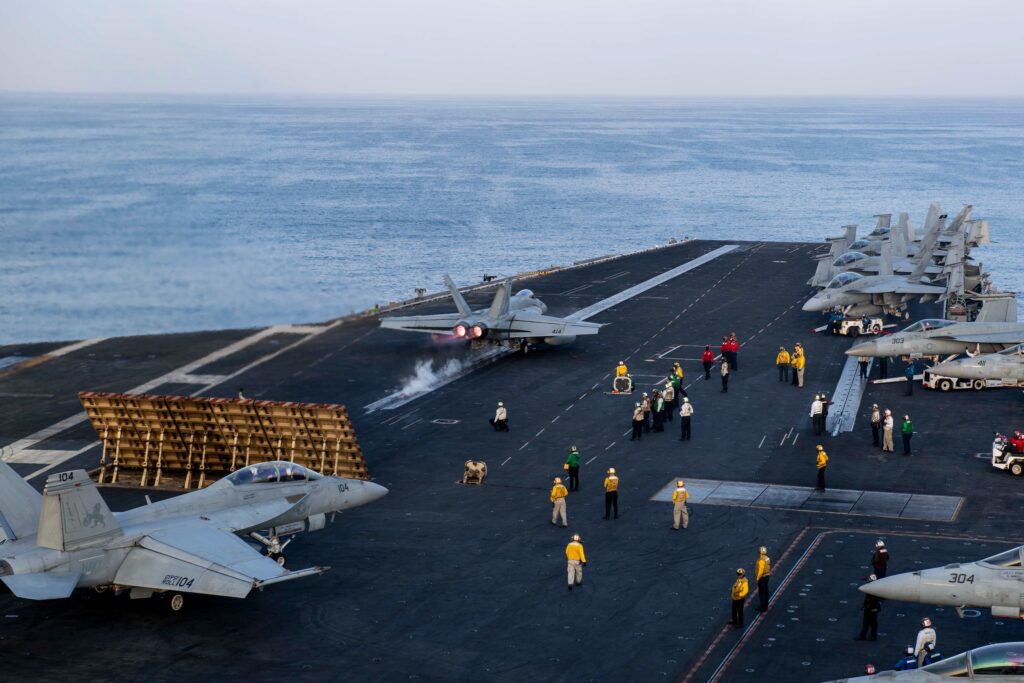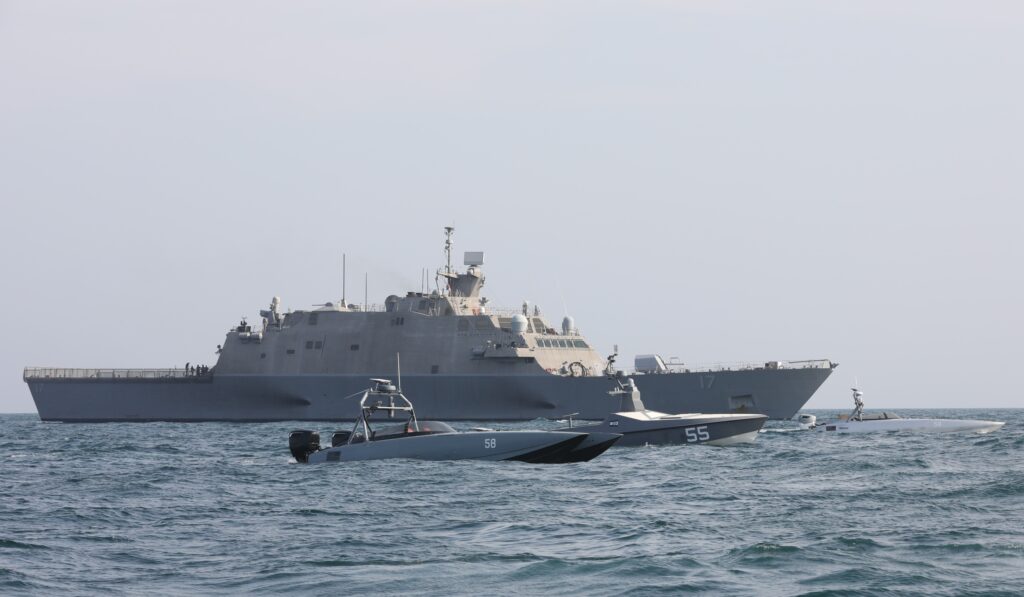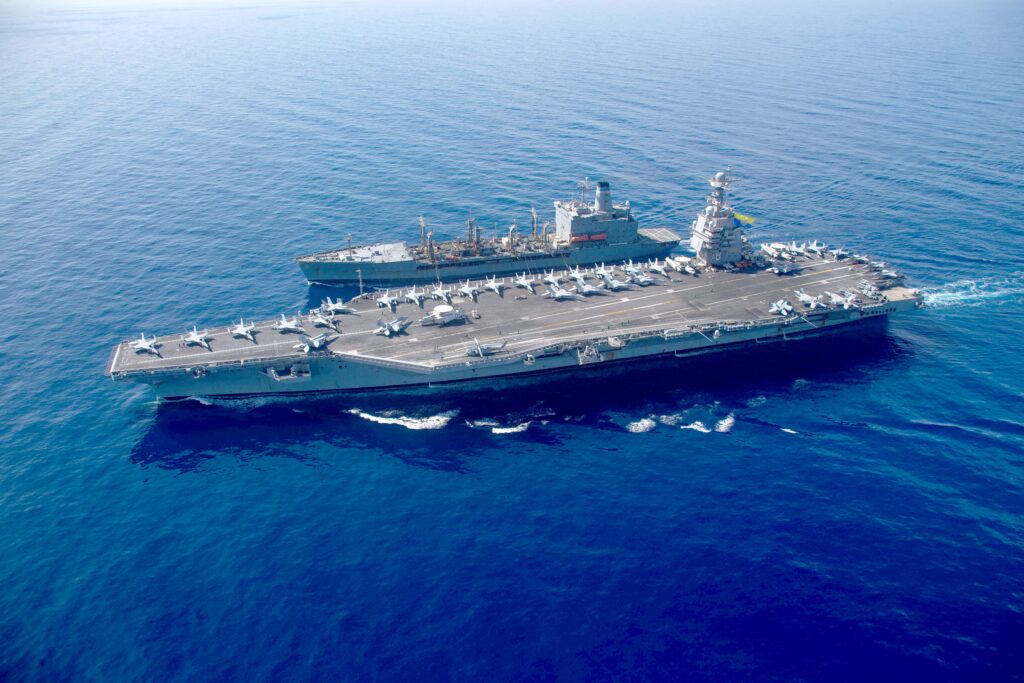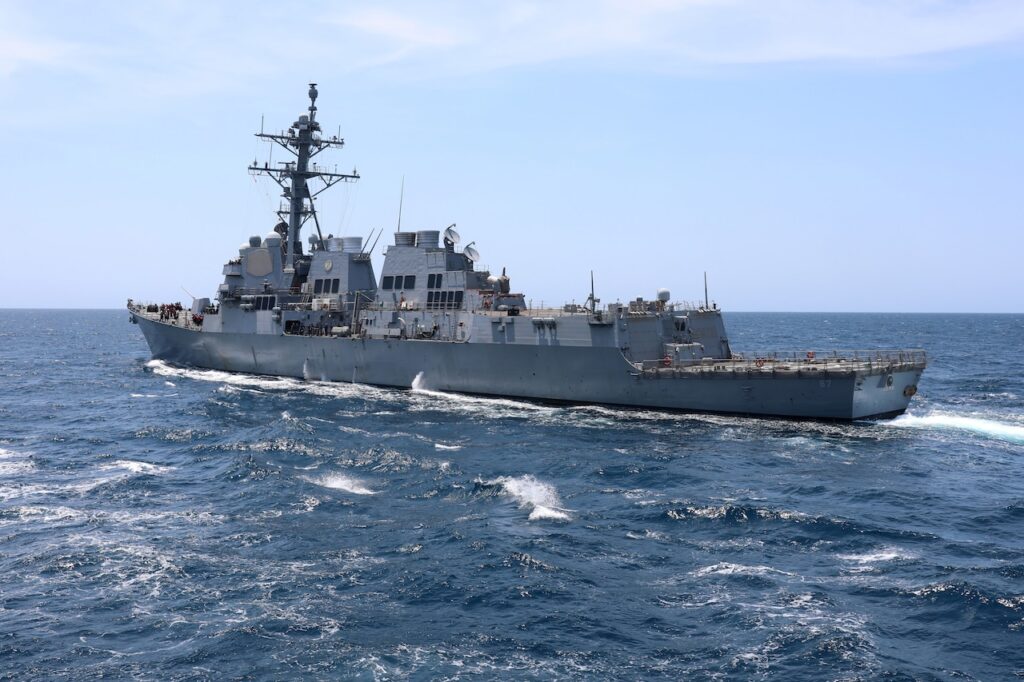Navy to Christen Amphibious Assault Ship Bougainville
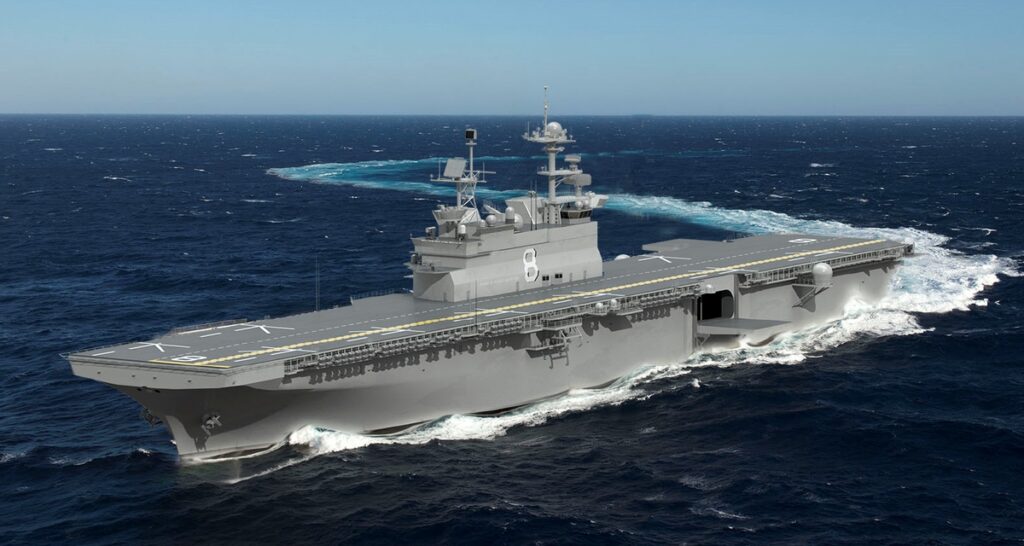
Release from the U.S. Department of Defense
*****
Dec. 1, 2023
The Navy will christen its newest America-class amphibious assault ship, the future USS Bougainville (LHA 8), during a 9 a.m. CST ceremony Saturday, Dec. 2, in Pascagoula, Mississippi.
Under Secretary of the Navy Eric Raven will deliver the christening ceremony’s principal address. Remarks will also be provided by Vice Adm. Del Crandall Jr., Judge Advocate General of the Navy, Maj. Gen. James H. Adams III and Mrs. Kari Wilkinson, Executive Vice President of HII and President of Ingalls Shipbuilding. The ship’s sponsor is Mrs. Ellyn Dunford, wife of Gen. Joseph F. Dunford Jr., USMC (Ret.), 19th Chairman of the Joint Chiefs of Staff and 36th Commandant of the Marine Corps.
Bougainville is the third ship of the America-class of amphibious assault ships built to facilitate forward presence and power projection. LHA 8 is the first Flight I ship of the America-class with a reincorporated well deck to increase operational flexibility while maximizing the aviation capability inherent on the Flight 0 ships, USS America (LHA 6) and USS Tripoli (LHA 7).
Designed to support the Marine Corps tenets of Operational Maneuver from the Sea and Ship to Objective Maneuver, America class ships are capable of rapid combat power buildup ashore. The America class also accommodates the Marine Corps’ Air Combat Element including F-35B Joint Strike Fighter and MV-22 Osprey, essential to maintaining power projection, air superiority and theater logistics.
LHA 8 is the second Navy ship to be named Bougainville. The name honors and commemorates the site of a major World War II campaign during which Navy and Marine Corps forces captured the Island of Bougainville, isolating Japan’s Rabaul air base and assisting in providing an advantage to the Allied forces.
The ceremony will be live streamed at: https://youtube.com/live/H-NPeY_NZ_I?feature=share and https://fb.me/e/3QC53JWbD. The links becomes active approximately 30 minutes prior to the event at 9:50 a.m. CST.
Media may direct queries to the Navy Office of Information at (703) 697-5342. More information on the amphibious assault ship program can be found at: https://www.navy.mil/Resources/Fact-Files/Display-FactFiles/Article/2169814/amphibious-assault-ships-lhdlhar/
